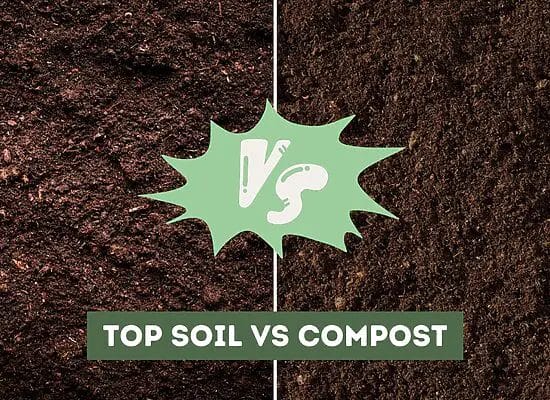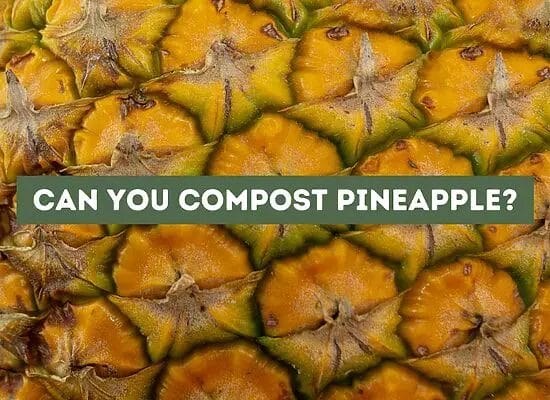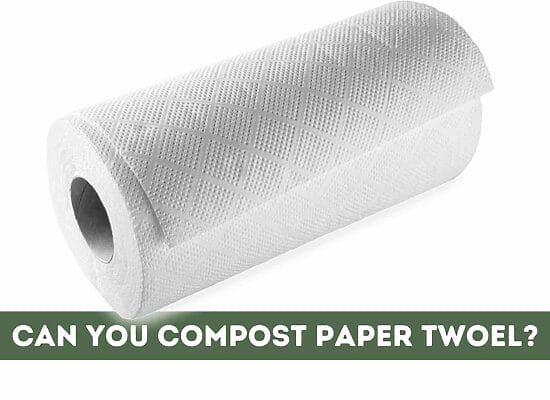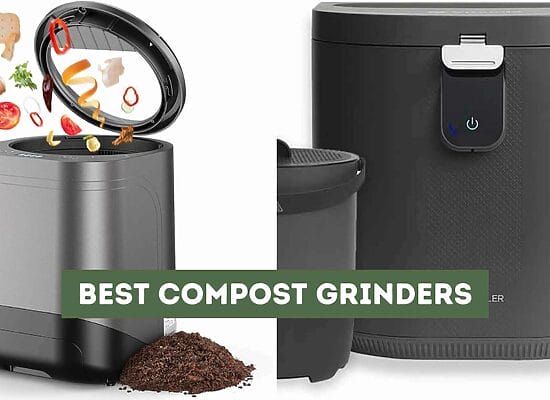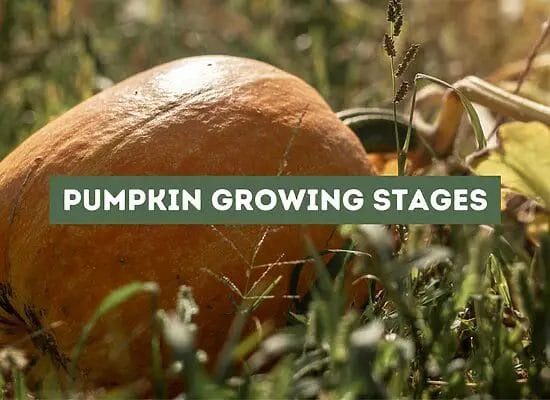
Growing eggplants is a rewarding experience for any gardener, but it can be tricky without a basic understanding of eggplant growth stages. Eggplants, scientifically known as Solanum melongena, are a species of annual plants that belong to the nightshade family. The plant grows up to 4 feet tall and produces purple, white, or green fruits that are used in various culinary dishes.
Understanding the seven eggplant growth stages is crucial for optimal growth and harvest. The stages include seed, germination, true leaves, maturing leaves and stems, flowers bloom, fruits develop, and harvest. Each stage requires specific care and attention to ensure the plant grows healthily and produces a bountiful harvest.
Below we’re going in-depth in the eggplant growth stages and how to care for your eggplant on each stage.
Key takeaways:
- Eggplant Growth Stages: Eggplants, scientifically known as Solanum melongena, undergo seven main growth stages: seed, germination, true leaves, maturing leaves and stems, flowering, fruit development, and harvest. Each stage requires specific care for healthy growth and a successful harvest.
- Optimal Growing Conditions: Successful eggplant growth requires certain conditions. Ideal soil is well-draining with a pH of 6.0 to 6.8. Eggplants need consistent moisture, 6-8 hours of direct sunlight per day, and warm temperatures (24°C to 29°C) for optimal growth.
- Planting and Transplanting: Careful planning is essential for planting and transplanting eggplants. Start seeds indoors 6-8 weeks before the last frost and transplant them outdoors when the soil is warm. Harden off seedlings gradually to prevent transplant shock.
- Caring for Eggplants: Proper care is crucial for healthy eggplant growth. Water deeply once or twice a week, avoiding overwatering. Fertilize with a balanced or high-nitrogen fertilizer every two weeks during the growing season. Mulching and composting help retain moisture and improve soil quality.
- Pest and Disease Management: Eggplants can face pests like flea beetles, aphids, and spider mites, as well as diseases such as Verticillium wilt, powdery mildew, and bacterial wilt. Preventive measures include choosing resistant varieties, rotating crops, and practicing good sanitation. Chemical controls are a last resort.
- Harvesting and Storage: Harvest eggplants when they are mature, indicated by a firm texture and glossy skin. Use a sharp knife or pruning shears to avoid damaging the plant. Proper storage is crucial; refrigerate eggplants in a perforated plastic bag for up to a week, or freeze them for up to 6 months after blanching.
- Understanding Eggplant Varieties: Eggplants come in various shapes, sizes, and colors. Common varieties include classic large purple eggplants, Japanese eggplants for stir-fries, white eggplants for milder flavor, and graffiti eggplants with unique striped skin. Choose varieties based on your preferences and growing conditions.
Understanding Eggplant Growth Stages
Growing eggplants can be a fun and rewarding experience, but it’s important to understand the different stages of growth to ensure a healthy and successful harvest. In this section, we’ll take a closer look at the six main stages of eggplant growth, from seed germination to harvesting.
Seed Germination
The first stage of eggplant growth is seed germination. After sowing the seeds in warm soil, it takes about one to two weeks for the seeds to sprout. During this stage, it’s important to keep the soil moist but not waterlogged. Once the seedlings have emerged, they should be kept in a warm, sunny location and watered regularly.
Seedling Stage
After the seeds have sprouted, the eggplant enters the seedling stage. During this stage, the plant will grow its first true leaves and develop a stronger root system. It’s important to keep the soil moist but not waterlogged during this stage and to provide the seedlings with plenty of sunlight.
Vegetative Stage
The vegetative stage is the period of growth between the seedling stage and the flowering stage. During this stage, the eggplant will grow larger and develop more leaves and stems. It’s important to provide the plant with plenty of nutrients during this stage, using a slow-release fertilizer with a 5-10-10 NPK blend. Pruning the plant can also help promote bushier growth and prevent overcrowding.
Flowering Stage
The flowering stage is when the eggplant begins to produce flowers. This is an exciting stage, as it means that the plant is getting ready to produce fruit. During this stage, it’s important to keep the soil moist but not waterlogged and to provide the plant with plenty of sunlight and nutrients.
Fruiting Stage
The fruiting stage is when the eggplant begins to produce fruit. This is the stage when the eggplant is at its most vulnerable, as the fruit can be damaged by pests and diseases. It’s important to monitor the plant closely during this stage and take steps to protect the fruit, such as using insecticidal soap or neem oil.
Harvesting Stage
The final stage of eggplant growth is the harvesting stage. This is when the eggplant is mature and ready to be picked. The fruit should be firm and glossy, with a deep, rich color. To harvest the eggplant, simply cut the stem with a sharp knife or pruning shears.
Ideal Conditions for Eggplant Growth
Growing eggplants can be a rewarding experience, but it is important to provide the ideal conditions for them to thrive. Here are the three main requirements for optimal eggplant growth:
Soil Requirements
Eggplants prefer well-draining, fertile soil that is rich in organic matter. The ideal soil pH for eggplants is between 6.0 and 6.8. Loam soil is the best type of soil for eggplants as it allows for proper drainage and aeration. If you have heavy clay soil, consider adding compost or sand to improve drainage.
Water and Light Requirements
Eggplants require consistent moisture in the soil, but they do not like to be waterlogged. Water deeply once a week or more often in hot, dry weather. Mulching around the base of the plant can help retain moisture and keep the soil cool.
Eggplants also require full sun to grow and produce fruit. Make sure to plant them in an area that receives at least 6-8 hours of direct sunlight per day.
Temperature Requirements
Eggplants are warm-weather plants and require warm soil and air temperatures to grow. They do not tolerate cold temperatures well and should not be planted until the soil has warmed up to at least 60°F (15.5°C).
Maintaining a temperature between 24°C and 29°C creates favorable conditions for faster seed sprouting and growth. If the temperature drops below 10°C, the plant may stop growing or die. Full sun is also important for maintaining warm soil temperatures.
Pro Tip: To encourage faster growth and earlier fruit production, consider starting your eggplants indoors 6-8 weeks before the last frost date in your area. Transplant them outside once the soil has warmed up and all danger of frost has passed.
Planting and Transplanting Eggplants
Growing eggplants is a rewarding experience that requires careful attention to detail. Planting and transplanting eggplants are two critical stages that require proper planning and execution. In this section, you will learn about the seed selection process, planting and transplanting processes, and tips to ensure your eggplants thrive.
Seed Selection
The first step in growing eggplants is selecting the right seeds. When selecting seeds, it is essential to choose high-quality seeds from a reputable supplier. High-quality seeds will germinate faster and produce healthy seedlings. Additionally, you should choose seeds that are suitable for your climate and soil conditions.
Planting Process
Before planting eggplant seeds, you should prepare your garden bed. Eggplants require well-draining soil with a pH level between 5.5 and 6.8. You can amend your soil with compost or organic matter to improve its fertility and drainage.
Once your garden bed is ready, you can plant your eggplant seeds. You can start your seeds indoors 8-10 weeks before the last frost or sow them directly in your garden bed after the last frost. To plant your seeds, follow these steps:
- Dig small holes in your garden bed, about 1/4 inch deep.
- Place one seed in each hole and cover it with soil.
- Water your seeds gently.
After planting your seeds, you should provide them with adequate water and sunlight. Eggplant seeds require consistent moisture to germinate, so make sure to water them regularly.
Transplanting Process
Transplanting eggplants is a delicate process that requires careful attention to detail. Before transplanting your eggplant seedlings, you should harden them off by gradually exposing them to outdoor conditions. This process will help your seedlings adjust to outdoor conditions and prevent transplant shock.
When transplanting your seedlings, you should choose a sunny spot in your garden bed with well-draining soil. You should also space your seedlings about 18-24 inches apart to allow them enough space to grow. To transplant your seedlings, follow these steps:
- Dig a hole in your garden bed that is slightly larger than the root ball of your seedling.
- Gently remove your seedling from its container and place it in the hole.
- Cover the root ball with soil and water your seedling gently.
After transplanting your seedlings, you should provide them with adequate water and sunlight. Eggplants require consistent moisture to thrive, so make sure to water them regularly.
Caring for Growing Eggplants
Growing eggplants can be a rewarding experience, but it also requires proper care to ensure a bountiful harvest. In this section, we will discuss some of the essential practices for caring for growing eggplants.
Watering and Fertilizing
Eggplants require consistent watering to maintain healthy growth. Water your eggplants deeply once or twice a week, depending on the weather conditions and soil type. It is important to avoid overwatering, which can lead to root rot and other diseases.
In addition to proper watering, fertilizing is also crucial to ensure healthy growth and a good harvest. Use a balanced fertilizer such as 10-10-10 or a high-nitrogen fertilizer like manure to promote healthy foliage growth. Apply the fertilizer every two weeks during the growing season.
Mulching and Composting
Mulching is an effective way to retain moisture in the soil and suppress weed growth around your eggplants. Add a covering of natural mulch, like straw or leaves, near your plants’ roots. This also aids in maintaining soil temperature and curbing erosion.
Composting is another great way to provide your eggplants with essential nutrients. Use compost as a top dressing around the base of your plants, or mix it into the soil before planting. Composting also helps improve soil structure and fertility over time.
Pruning Practices
Pruning your eggplants can help promote healthy growth and increase fruit production. Remove any damaged or diseased leaves or stems as soon as you notice them. This will prevent the spread of disease and pests.
Pinch back the terminal growth of your eggplants once they reach about 18 inches (45 cm) in height. This will encourage lateral growth and increase the number of fruit-bearing branches. You can also remove any suckers that grow from the base of your plants to focus energy on the main stem.
Attention: To encourage faster growth and earlier fruit production, start your eggplants indoors 6-8 weeks before the last frost date in your area. Transplant them outside once the soil has warmed up and all danger of frost has passed.
Recognizing and Managing Eggplant Pests and Diseases
Growing eggplants can be challenging, especially when dealing with pests and diseases. However, with proper management, you can prevent and control them. In this section, you will learn about common eggplant pests and diseases, their symptoms, and how to manage them.
Common Pests
Several pests can attack eggplants, causing damage to their leaves, branches, and foliage. Some of the most common eggplant pests include:
- Flea Beetles: These small, black beetles feed on eggplant leaves, causing small holes that can weaken the plant. You can control them by using insecticidal soap or neem oil.
- Aphids: These small, pear-shaped insects suck sap from eggplant leaves, causing them to wilt and curl. You can control them by using insecticidal soap or neem oil.
- Spider Mites: These tiny, spider-like pests suck sap from eggplant leaves, causing them to turn yellow and dry out. You can control them by using insecticidal soap or neem oil.
Common Diseases
Eggplants can also be susceptible to various diseases, which can weaken or kill the plant. Some of the most common eggplant diseases include:
- Verticillium Wilt: This fungal disease causes eggplant leaves to yellow and wilt, eventually leading to death. Stop it by growing resistant types and changing crop positions.
- Powdery Mildew: This fungal disease causes a white, powdery coating on eggplant leaves, reducing their ability to photosynthesize. You can control it by using fungicides or neem oil.
- Bacterial Wilt: This bacterial disease causes eggplant leaves to wilt and die, eventually killing the plant. You can prevent it by planting resistant varieties and avoiding overhead watering.
Prevention and Management
Preventing and managing eggplant pests and diseases requires a combination of cultural, physical, and chemical controls. Here are some tips to help you prevent and manage eggplant pests and diseases:
- Plant Resistant Varieties: Choose eggplant varieties that are resistant to common pests and diseases.
- Rotate Crops: Avoid planting eggplants in the same location every year to reduce the buildup of pests and diseases in the soil.
- Remove Infected Plants: If you notice any infected eggplant plants, remove them immediately to prevent the spread of disease.
- Practice Good Sanitation: Keep your garden clean and free of debris to reduce the risk of pests and diseases.
- Use Physical Barriers: Use row covers or netting to prevent pests from attacking your eggplants.
- Use Chemical Controls: If all else fails, use insecticides or fungicides to control pests and diseases. However, be sure to follow the label instructions carefully and use them as a last resort.
Harvesting and Storing Eggplants
When it comes to harvesting and storing eggplants, there are a few key things to keep in mind to ensure that you get the best possible results. Here’s what you need to know:
When to Harvest
The timing of your eggplant harvest is crucial to ensuring that you get the best flavor and texture. Generally, you should wait until the fruit is mature before harvesting. Mature eggplants will have a glossy skin and a firm texture, while immature eggplants will have a dull skin and a softer texture.
You can also tell if an eggplant is ready to be harvested by gently pressing on the skin. If the skin springs back, the eggplant is not yet mature. If the skin stays indented, the eggplant is ready to be harvested.
How to Harvest
When it comes to harvesting eggplants, it’s important to use a sharp knife or pruning shears to avoid damaging the plant. Cut the eggplant from the stem, leaving a small amount of stem attached to the fruit.
Be sure to handle the eggplants carefully to avoid bruising or damaging the skin. Once you’ve harvested your eggplants, you can either use them right away or store them for later.
Storing Eggplants
If you’re not going to use your eggplants right away, it’s important to store them properly to prevent them from spoiling. You can store eggplants in the refrigerator for up to a week, but be sure to keep them in a perforated plastic bag to allow for air circulation.
You can also freeze eggplants for later use. To freeze eggplants, slice them into rounds or cubes and blanch them in boiling water for 4-5 minutes. Then, place the blanched eggplant in airtight containers or freezer bags and store it in the freezer for up to 6 months.
Understanding Eggplant Varieties
Eggplants come in various shapes, sizes, and colors. Understanding the different eggplant varieties can help you choose the right one for your garden and culinary needs.
Common Varieties
The most common eggplant varieties include the classic large, oblong-shaped purple eggplant, also known as the American eggplant. Other popular varieties include the smaller, rounder Japanese eggplant, the white eggplant, and the graffiti eggplant, which has a unique purple and white striped skin.
Choosing the Right Variety
When choosing an eggplant variety, consider the size and color you prefer, as well as the plant’s growing requirements. Eggplants belong to the Solanaceae or nightshade family and require warm temperatures and full sun to thrive.
The classic American eggplant can grow up to 6 inches in length and is perfect for grilling, roasting, and baking. Japanese eggplants are smaller and more tender, making them ideal for stir-fries and sautés. White eggplants have a milder flavor and are great for dips and spreads. Graffiti eggplants are a beautiful addition to any dish and are perfect for stuffing or roasting.
FAQ: Eggplant Growth Stages
How long does it take for eggplant to grow after flowering?
After flowering, it usually takes around 60 to 80 days for the eggplant to grow to its full size. However, the exact time may vary depending on the variety of eggplant and the growing conditions.
What is the progression of eggplant growth?
The progression of eggplant growth can be divided into seven stages: seed, germination, true leaves appear, maturing leaves and stems, flowers bloom, fruits develop, and harvest.
How long does it take for eggplant to fruit after flowering?
It takes around 3 to 4 weeks for the eggplant to fruit after flowering. The fruit will continue to grow and mature for around 60 to 80 days before it is ready to be harvested.
What do eggplant plants look like?
Eggplant plants have large, dark green leaves and can grow up to 3 feet tall. The plant produces white or purple flowers that eventually turn into egg-shaped fruits. The fruit can grow up to 10 inches long and 4 inches wide.
How to grow eggplant?
Eggplant grows best in warm weather and requires full sun exposure. It can be grown from seeds or seedlings and should be planted in well-draining soil. The soil should be kept moist but not waterlogged, and the plants should be fertilized regularly.
How big should eggplant be before you pick them?
Eggplant should be picked when they are fully mature and have reached their full size. The fruit should be firm and shiny, with a smooth skin. Generally, the fruit should be around 6 to 8 inches long and 2 to 3 inches in diameter before it is ready to be picked.


